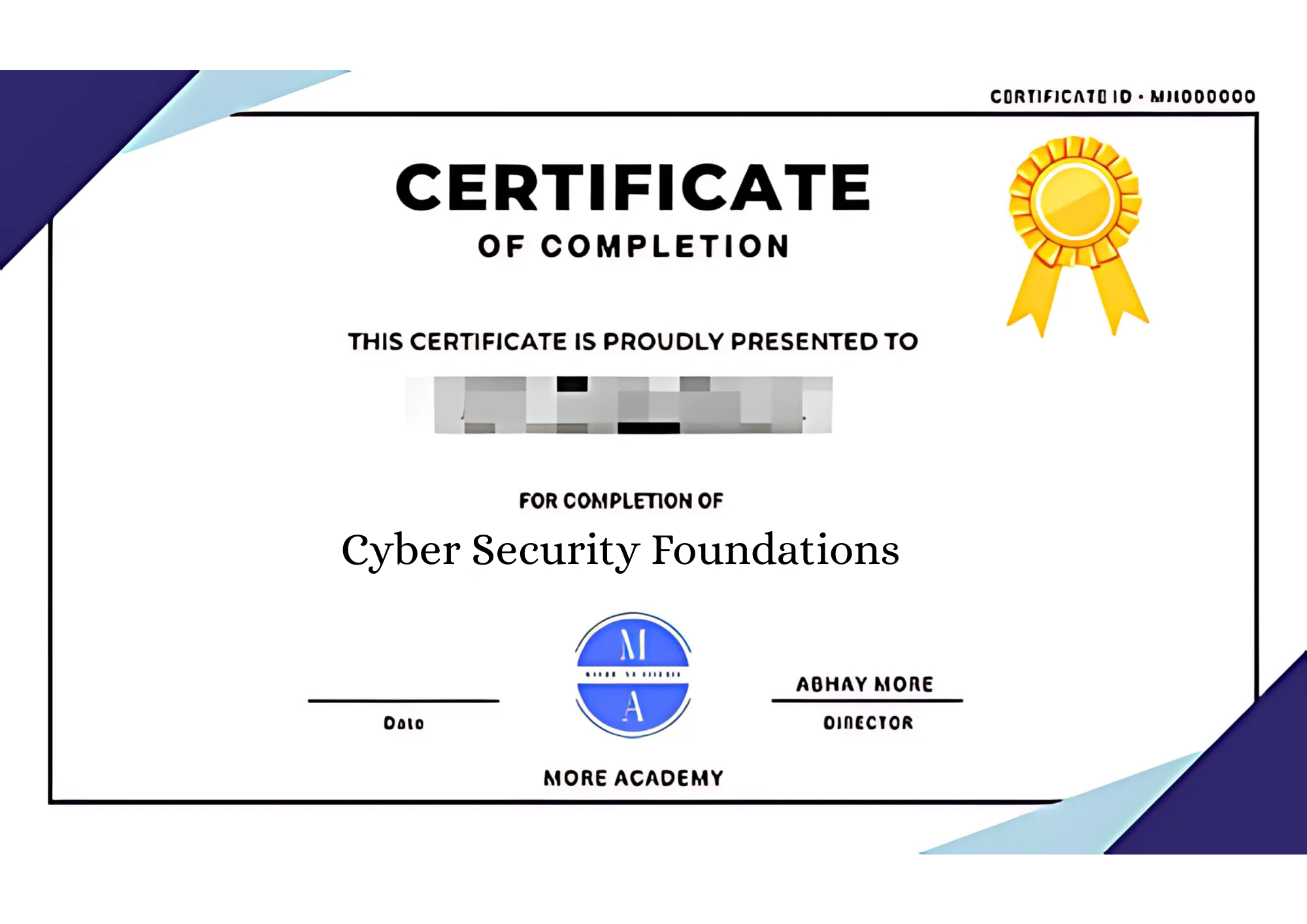Cybersecurity Foundations
Protect and Defend
Begin your journey in cybersecurity with Cybersecurity Foundations: Protect and Defend, a practical course for students, entry-level IT professionals, and aspiring technicians. Build a strong base in Essential Security Principles, including identifying threats, vulnerabilities, and ethical practices. Understand Basic Network Security Concepts like TCP/IP flaws, network addressing, and security architecture. Learn Endpoint Security techniques such as OS hardening, malware removal, and log analysis. Explore Vulnerability Assessment and Risk Management to identify risks, mitigate them, and plan for disaster recovery. Gain skills in Incident Handli, digital forensics, compliance, and threat monitoring. This hands-on course prepares you to protect networks, systems, and endpoints effectively. Upon completion, students can optionally pursue a Cisco certification to further boost their cybersecurity credentials.
Offline sessions | Mentor Support | Placement Assistance


